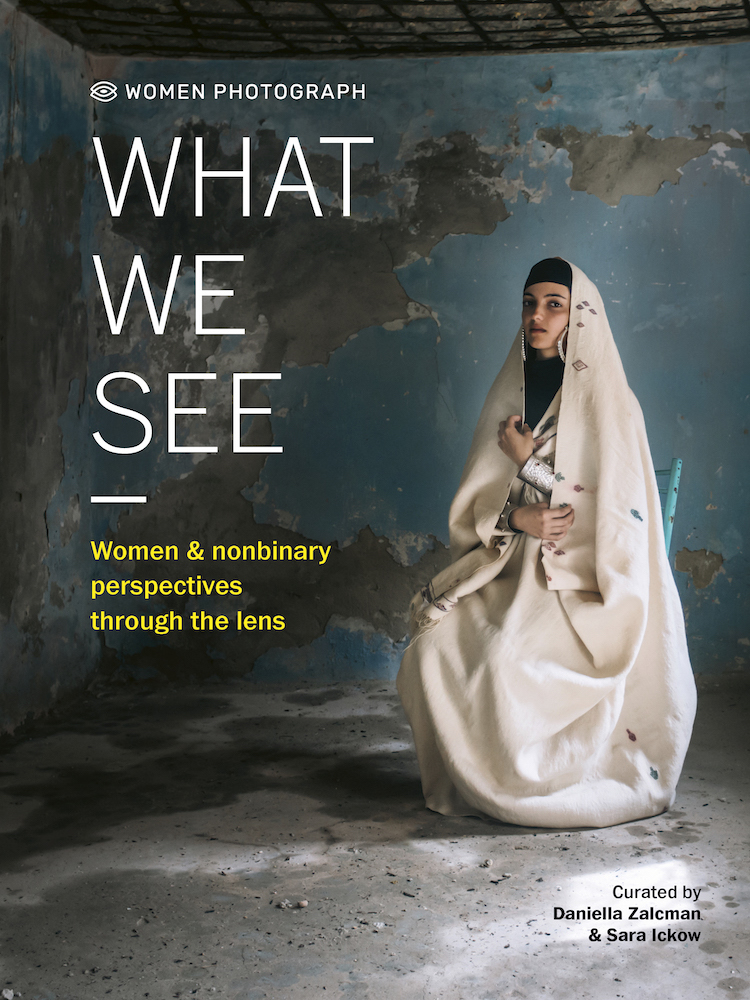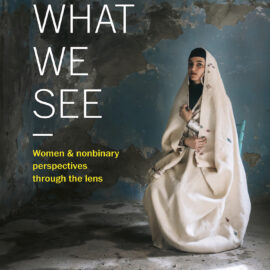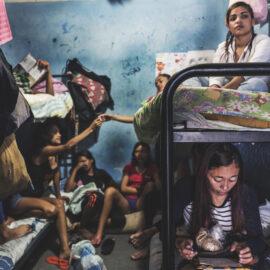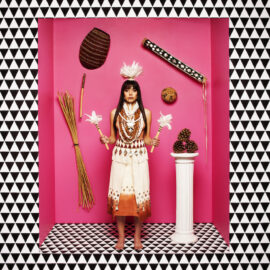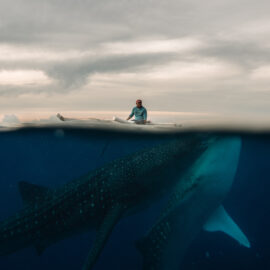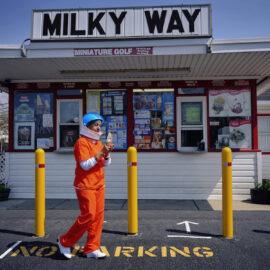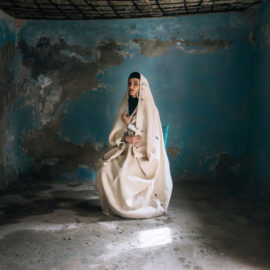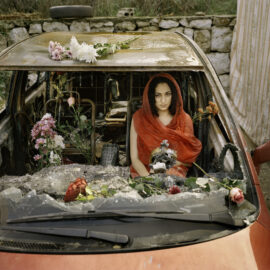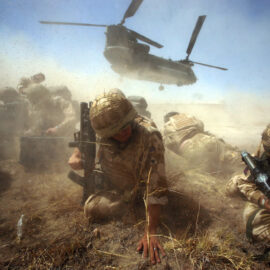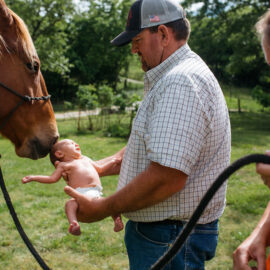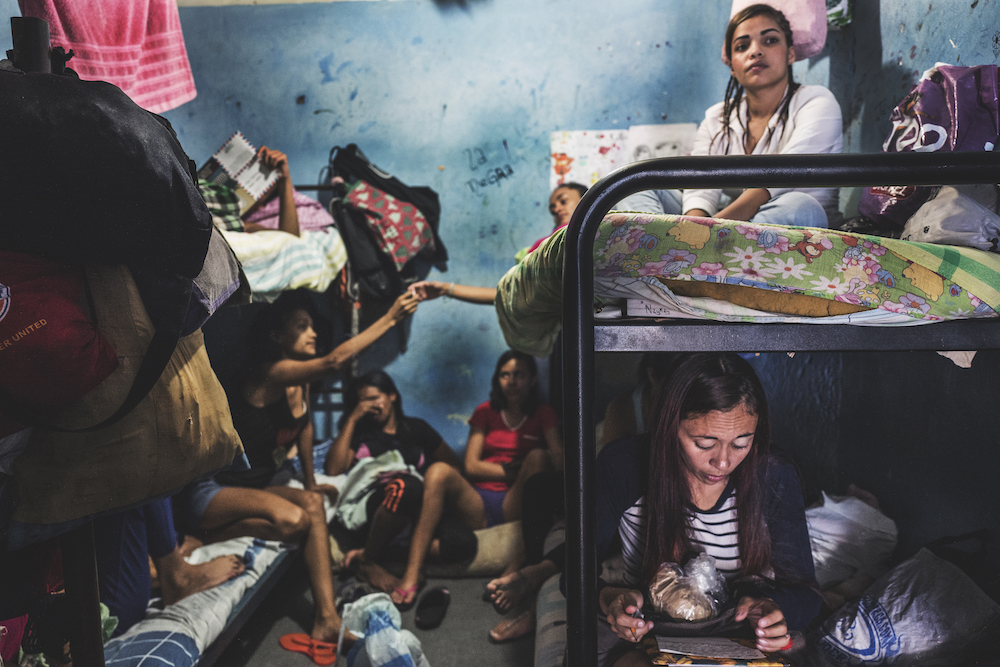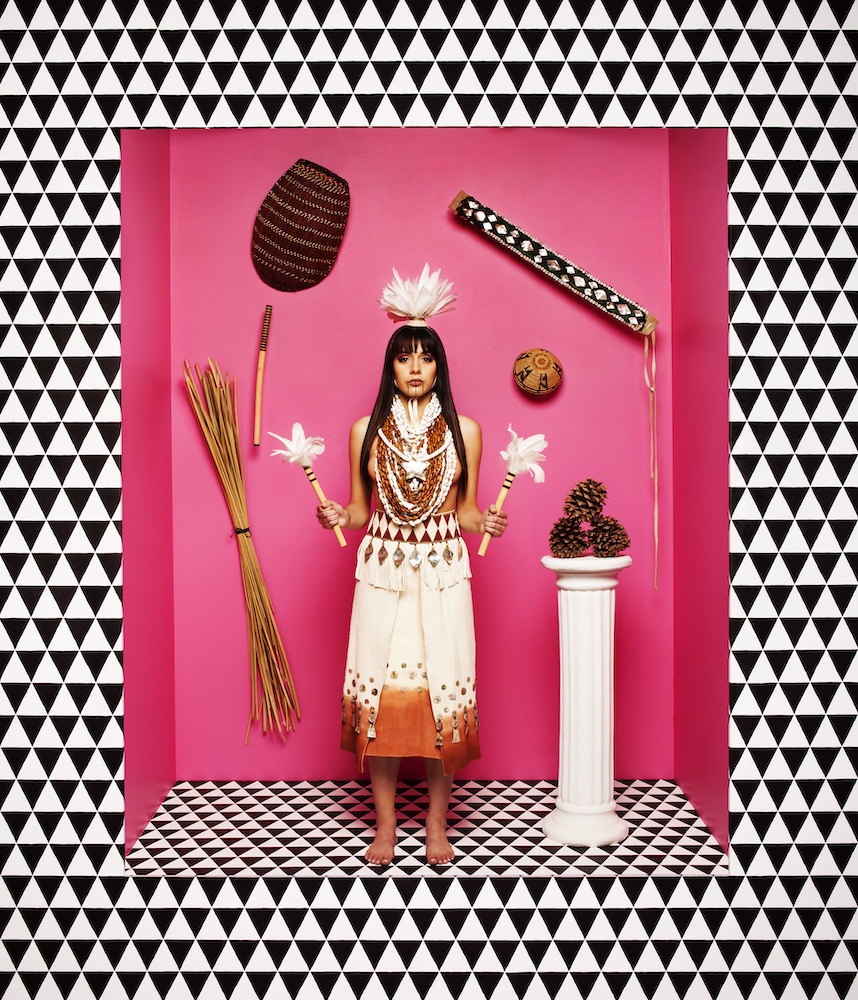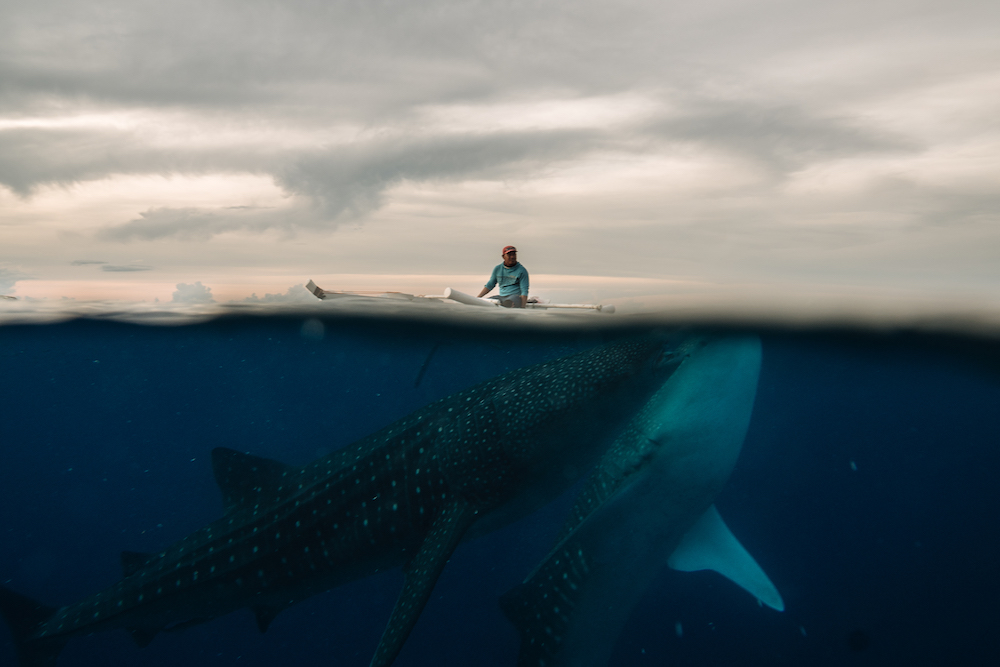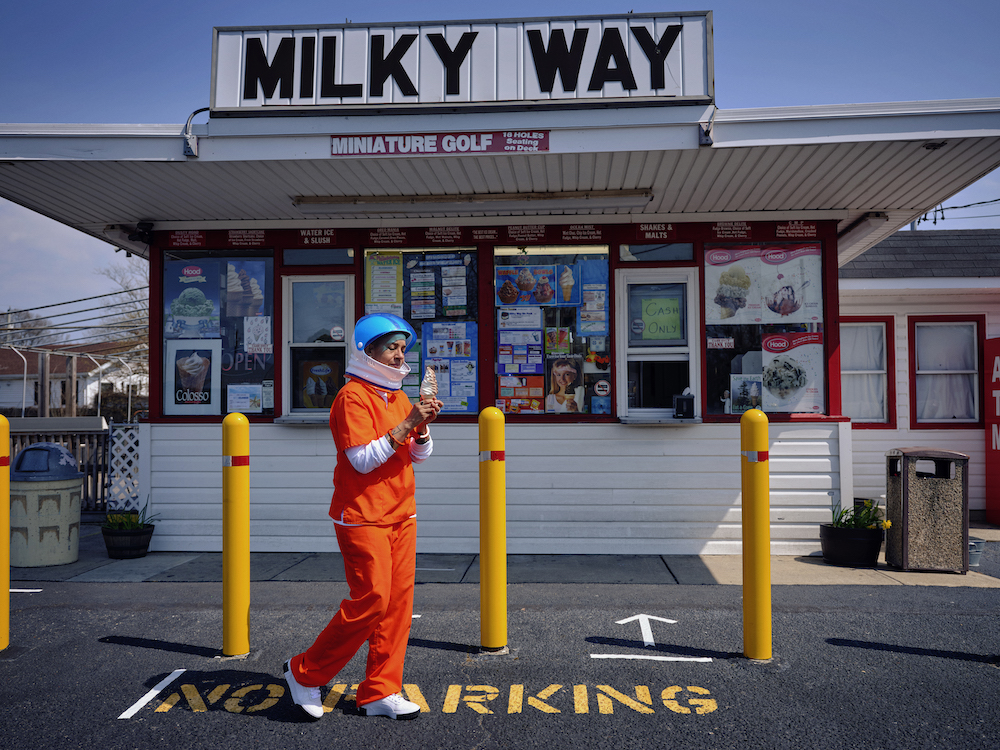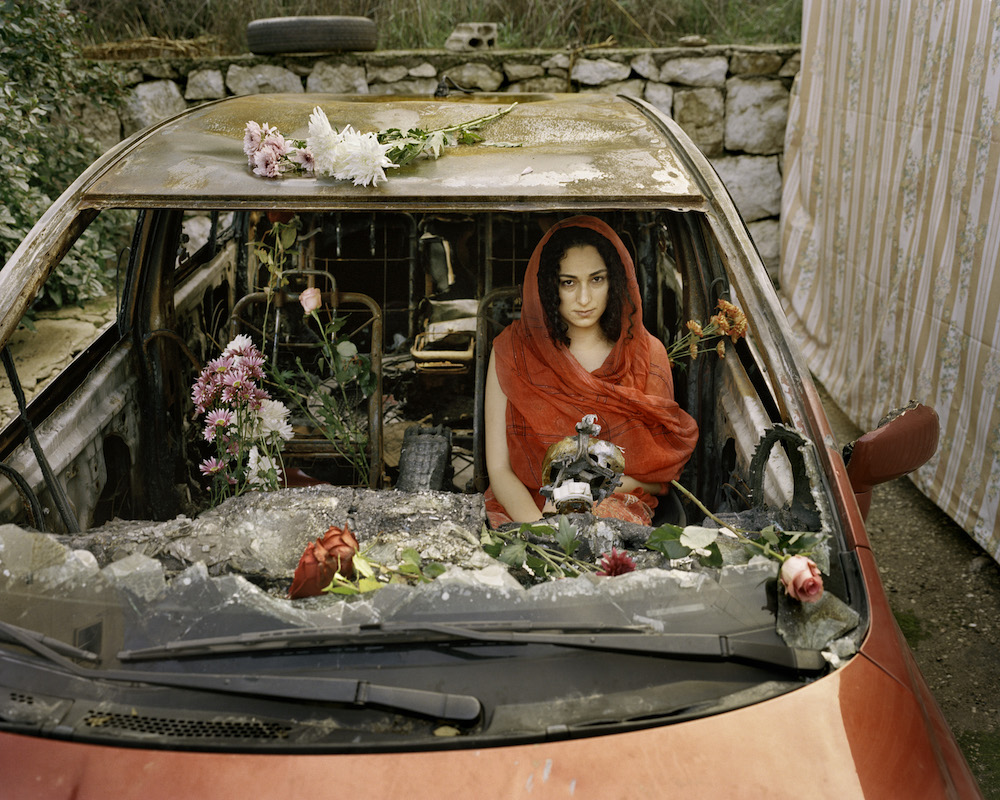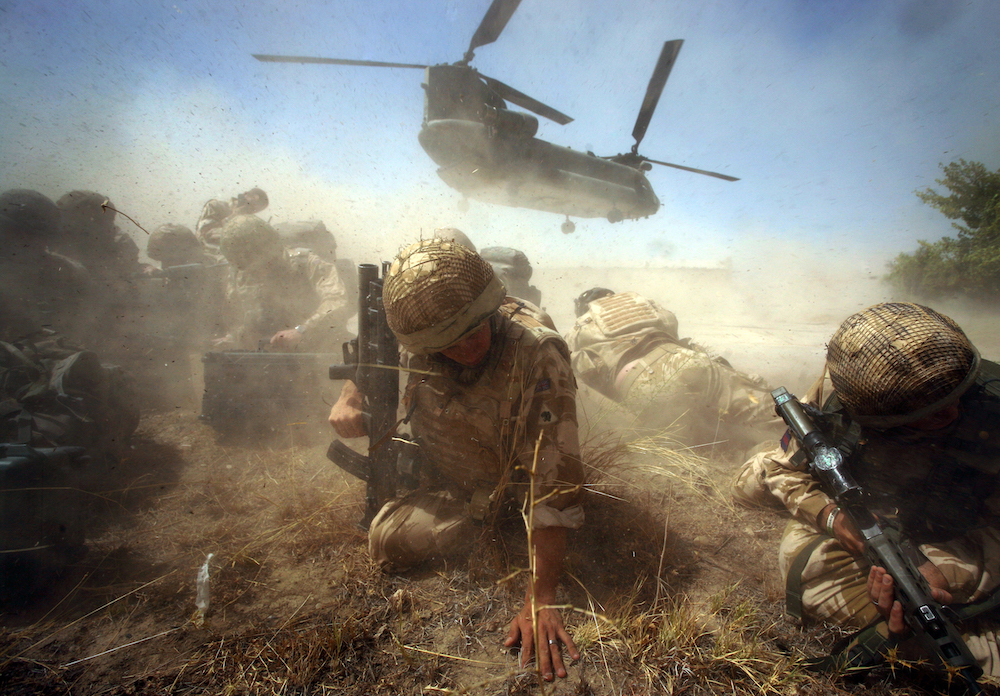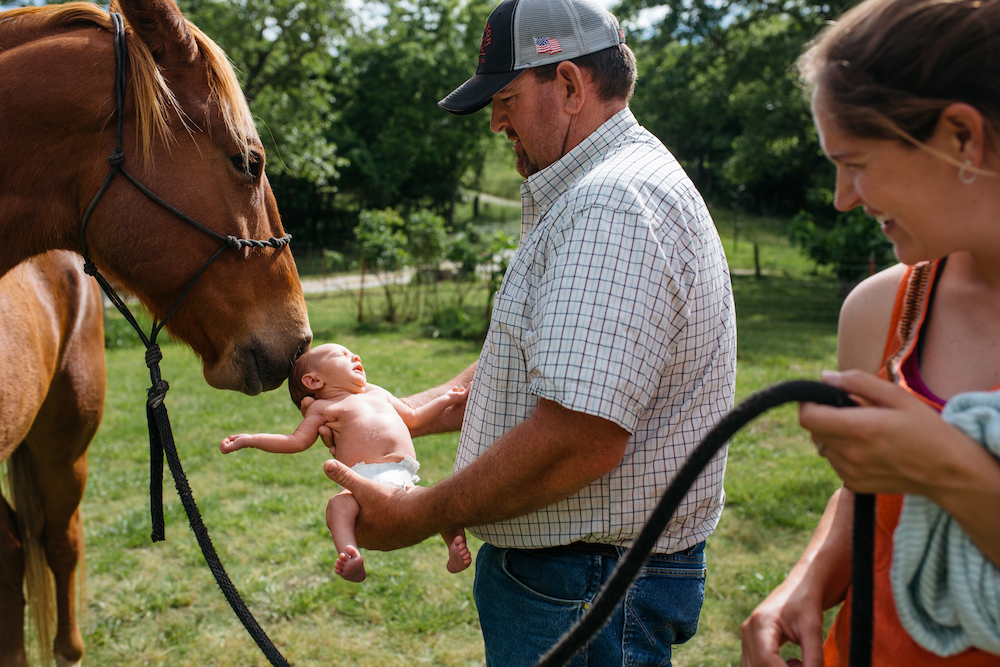What we see: championing women and non-binary image-makers
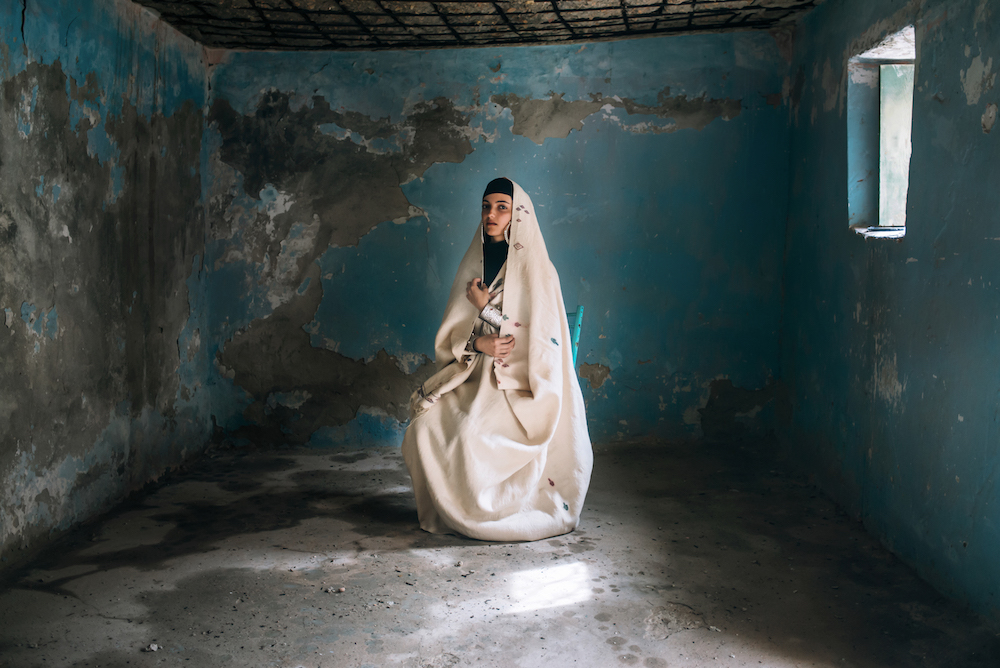
What we see: championing women and non-binary image-makers
Detention Center LA Yaguara - Caracas, 2018 A group of detained women pass their time in a deranged inactivity waiting for trial in the detention center in Caracas. 22 women share the cell made for 4 detainees. © Ana Maria Arevalo Gosen.
Source:What we see: championing women and non-binary image-makers
My cousin, Mira, wears our grandmother's tlaba (wool garment) to connect to her family roots and Amazigh culture, reviving the cultural heritage of the Nafusa mountains to keep it from being lost amid the chaos of fashion and imitation on October 28, 2018 in Yefren, Libya. © Nada Harib.
Source:What we see: championing women and non-binary image-makers
When the Ku Klux Klan, a white supremacist terrorist organization, decided to march around a baseball field in a small town in southern New Jersey, a crowd of protestors showed up to resist. As the KKK donned their white robes and waved their confederate flags, the protesting crowd, led by many Black high school students, pushed the Klan behind the ball field fence and into the wooden bleachers. The Klan grew frightened and weak as the protesters outnumbered them and the teenagers drove the racist hate mongers off the field and out of town. It was my privilege to witness this beautiful moment of resistance when young people stood up for their ancestors and their own dignity. © Nina Berman.
Source:What we see: championing women and non-binary image-makers
Helmand Operation, Cher-E-Anjir. British army troops shelter from the dust storm as their chinook helicopter departs from Cher-E-Anjir town in Helmand Province, Afghanistan, August 12th 2009. A local building in the area was been taken over by the British armed forces Prince of Wales's Company as an outpost of the Welsh Guards regiment in Nad-E-Ali during the conflict with Taliban insurgents. © Susannah Ireland.
Source:What we see: championing women and non-binary image-makers
The Introduction: Will and Rachel introduce their newborn son Kal to Pistol, one of their ranch horses. They run a fourth-generation cattle farm here in the Ozarks of Arkansas and horses are a part of their everyday life. Currently, they keep 7 horses that they've trained for riding and working cattle and use them in the day to day operations of the ranch. This is their second child and will be the fifth generation to farm on the same soil if baby Kal chooses that path. Harrison, Arkansas. © Terra Fondriest.
Source:
